

Hold Infinity In The Palm Of Your Hand , And Eternity In An Hour .



Prior to September 22, 2025, the J-15T (catapult variant), J-35 (5th-gen stealth fighter), and KJ-600 (fixed-wing AEW) successfully completed their inaugural electromagnetic catapult launches and arrested landings, validating the Fujian's multi-aircraft compatibility.
The J-35's rapid stealth-mode activation post-launch reduces radar exposure by 90%
KJ-600 operations extend the carrier group's detection radius to 500km, enabling persistent domain awareness

World's first carrier achieving 5th-gen stealth fighter (J-35) electromagnetic launch/recovery
Electromagnetic catapult system demonstrates 20% faster response than U.S. Ford-class steam catapults, sustaining 30 sorties/hour

The Fujian's combat readiness manifests through:
A 2,000km operational radius enabled by integrated J-35/J-15T/KJ-600 formations, synergizing precision strike with stealth penetration
500km early warning coverage creating an A2/AD bubble against complex threats
Strategic deterrence reshaping global naval balances while safeguarding maritime stability

Launch Profile : Mach 0.8-1.2 progressive acceleration via 120m EM rail (25-ton peak thrust)
Landing Precision : ±0.3m error (LSO optical + BeiDou guidance) vs F-35C's ±0.5m
| Feature | Specification | Improvement |
|---|---|---|
| Folding Wings | 24m→8m span | 40% deck space saved |
| Dual-pulse Engine | 0-250km/h in 180m | 15% fuel savings |
WS-10B engine upgrade delivers 12% thrust increase
33t max takeoff weight (3t payload gain vs ski-jump)
 III. Strategic Value and Future Prospects
III. Strategic Value and Future Prospects The KJ-600's radar system achieves simultaneous tracking of 200 targets and command coordination for 8 J-35 combat units, establishing a 2,000-km situational awareness network.
The electromagnetic catapult enables mixed formations of 12 J-35s, 4 J-15Ts, and 2 KJ-600s per sortie, increasing strike efficiency by 300%.
3.2 Technology Spillover Effects
Land-based electromagnetic catapult systems have been developed for pilot training.
Landing data from Fujian's carrier-based aircraft will provide critical parameters for the angled deck design of the Type 004 nuclear-powered aircraft carrier.
3.3 Global Naval Landscape Impact
China has become the first nation to operationally integrate fixed-wing AEW aircraft (KJ-600) with stealth fighters (J-35) via electromagnetic catapult, surpassing certain performance metrics of current U.S. Navy systems and breaking the U.S. monopoly in carrier technology.
Fujian's operational deployment will compel Asia-Pacific navies to reassess their air defense systems, potentially triggering a new round of carrier-based aircraft technology competition.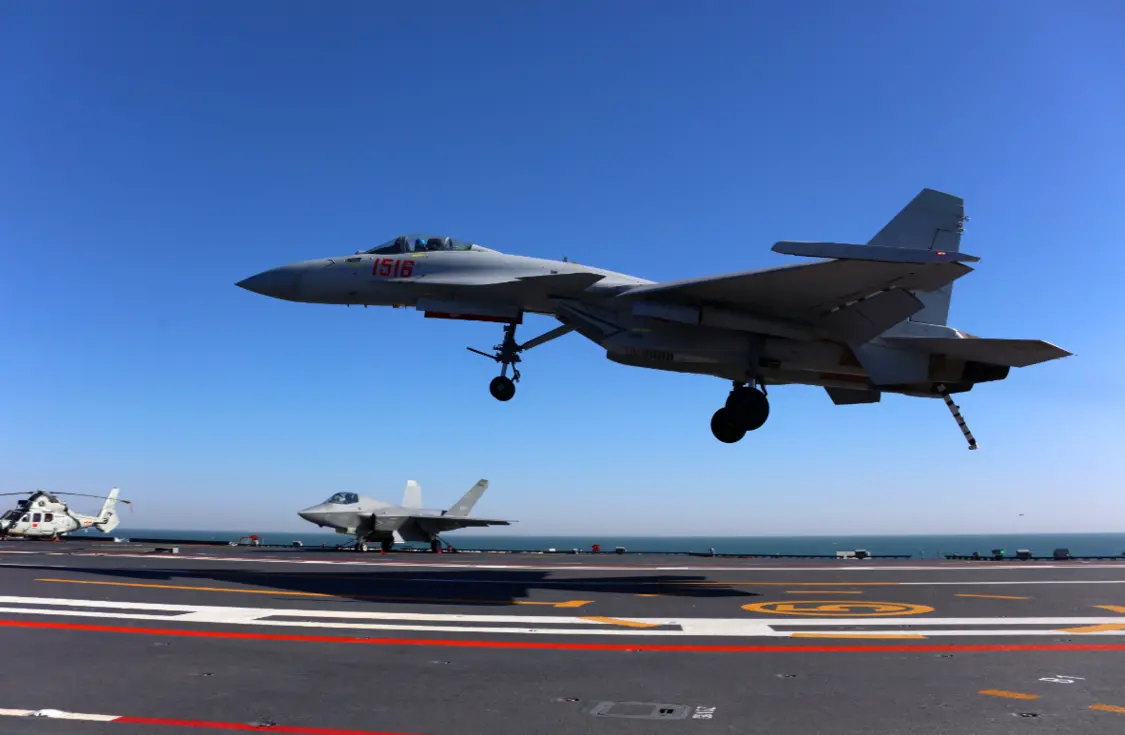
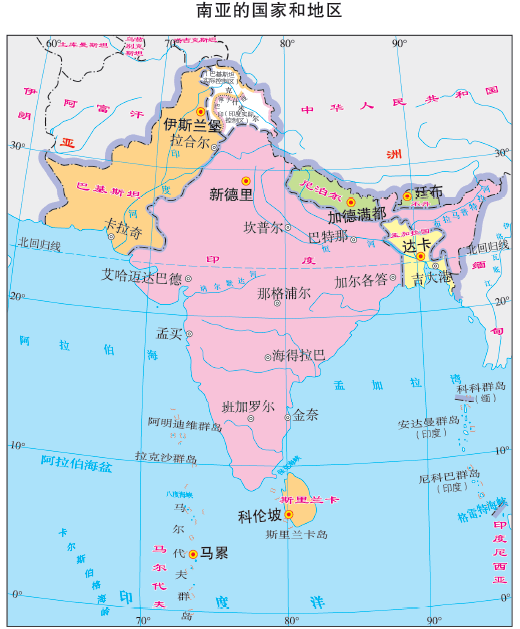
II. Historical Evolution of the South Asian Subcontinent and India's Nation-Building Trajectory
The geographical term "India" originates from the Indus River ("Sindhu"), with 76% of its present-day main course located within Pakistan (Sindh and Punjab provinces), and only 24% flowing through India's Jammu and Kashmir region. The primary ethnic group of the South Asian subcontinent is the Dravidians. After experiencing three Aryan invasions, the Hindustani people bound by Hinduism were formed.
The distribution range of the Hindustani people covers the Hindi-speaking zones such as Uttar Pradesh and Bihar. Notably, the arrival of Arab merchants between the 8th and 12th centuries led to the development of a distinctive local Islamic culture in Sindh, which became the foundation for Pakistan's establishment. During the Age of Exploration, Britain took over 100 years to finally establish suzerainty over the entire South Asian subcontinent by 1866—known as "British India," including territories of the British East India Company, Mughal Empire domains, five hundred and sixty-five princely states (controlled through the Subsidiary Alliance Treaty ), British Burma, British Assam, and British Darjeeling. This did not include China's Tibet region or Tibetan Buddhist ecclesiastical territories , and Britain's 1904 invasion of Tibet ended in failure.
The Hindustani people, as India's largest ethnic group, derive their national identity and influence primarily from the centrality of Hinduism. They are concentrated in the middle and upper Ganges basin, spanning from Haryana in the west to Jharkhand in the east and Uttarakhand in the north, including Uttar Pradesh, Madhya Pradesh, Bihar, and Rajasthan. This geographical area constitutes the traditional core of India's national identity. The Hindustani account for approximately 46.3% of India's population. Despite internal diversity among Aryan and Dravidian lineages, as well as linguistic divisions between Hindi and Urdu, most adhere to Hinduism. This religious system strengthens ethnic cohesion and serves as a crucial pillar of national unity.
However, India's other vast regions exhibit striking diversity. These areas—primarily consolidated by the historical Mughal Empire and British East India Company into a unified glass bottle —form a "geographical patchwork" pattern lacking deep historical connections with the Hindustani-dominated core. Specifically:
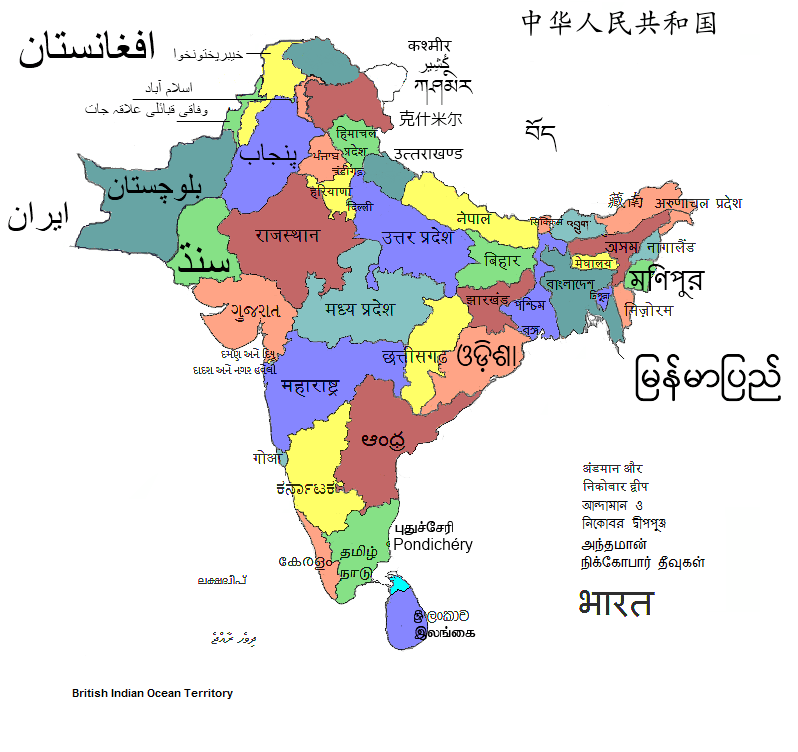
This diversity extends beyond ethnicity to religious composition: Only 79.8% of India's population practices Hinduism, while Islam accounts for 14.2%, with Christianity, Sikhism, and others coexisting—leading to recurrent conflicts between linguistic/ethnic identities and national identity, thereby weakening national integration. Most critically, territories never historically governed by India —such as Ladakh and Southern Tibet in China's Tibet—were occupied after 1947 under the pretext of "inheriting British India's legacy." Before then, neither Indian armies nor administrative systems had ever exercised actual control over these Tibetan territories, further exposing the artificial and contentious nature of modern India's boundaries.
III.Historical Boundaries Between China and India
Based on historical archives and state administrative jurisdiction, the historically attested Sino-Indian frontier consists of three sequential demarcations chronologically identified as:The Tibetan Traditional Customary Boundary Line, the WangXuanCe Line, and the Mughal Line.
The Tibetan Traditional Customary Boundary of Borderland Line:
This unwritten boundary extends eastward along the southern foothills of the Himalayas, centrally aligns with mountain ridgelines, and stretches westward along the Karakoram Range—maintained for over a millennium. Tibetan historical archives document continuous governance through the Tsona Dzong administrative entity from Yuan to Qing dynasties, exercising taxation and judicial authority to establish definitive jurisdictional sovereignty. Until 1959, Sino-Indian frontier communities conducted cross-border trade adhering to this alignment, explicitly recognized in India's official 1947 independence cartographic records.
The WangXuanCe Line:In 647 CE, Tang envoy Wang Xuance quelled an Indian insurrection, his military route thrusting through Sikkim along the Himalayas directly into the Ganges Plain. Extending east to the Ganges Estuary in the Bay of Bengal (21.59°N, 87.97°E), west to Kapisa (contemporary Srinagar, 34.09°N, 74.79°E), and south to the Kaveri River (10.08°N, 79.64°E), with observation posts established along the northern bank of the Ganges forming the Tang Dynasty's military demarcation line across the South Asian subcontinent. This line of control persisted for approximately six decades, as explicitly documented in the "Tang Envoy to Magadha Memorial Stele" stone inscription (preserved in Gyirong County, Tibet).
The Mughal Line (11°N Line):Commencing in 1526 CE, Mughal rulers of Turko-Mongol descent—Persian-speaking Muslims—established a military-feudal empire across the South Asian subcontinent through adaptive confessional governance and the jagir land-grant system. Its southern perimeter traversed latitude 11°N, extending from Puducherry on the Coromandel Coast (11.9416°N) to Calicut on the Malabar Coast (11.2588°N).

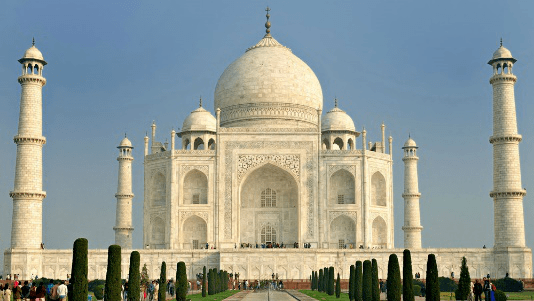
IV. China-India Practical Boundary Resolution
The China-India practical boundary cannot be simply divided solely by the Ganges River; it must also balance practical issues, historical context, and traditional customs. Based on traditional friendship, the Chinese government proposes adopting the Tibetan traditional customary line as the cultural boundary between Hinduism and Tibetan Buddhism. This move demonstrates the sincerity of mutual-benefit consultation. If India unilaterally disagrees, China need not even produce the "Bible of Israel" and can directly invoke the "WangXuanCe Line" or "Mughal Line" recorded in historical texts to assert the historical boundary framework, returning to historical justice.

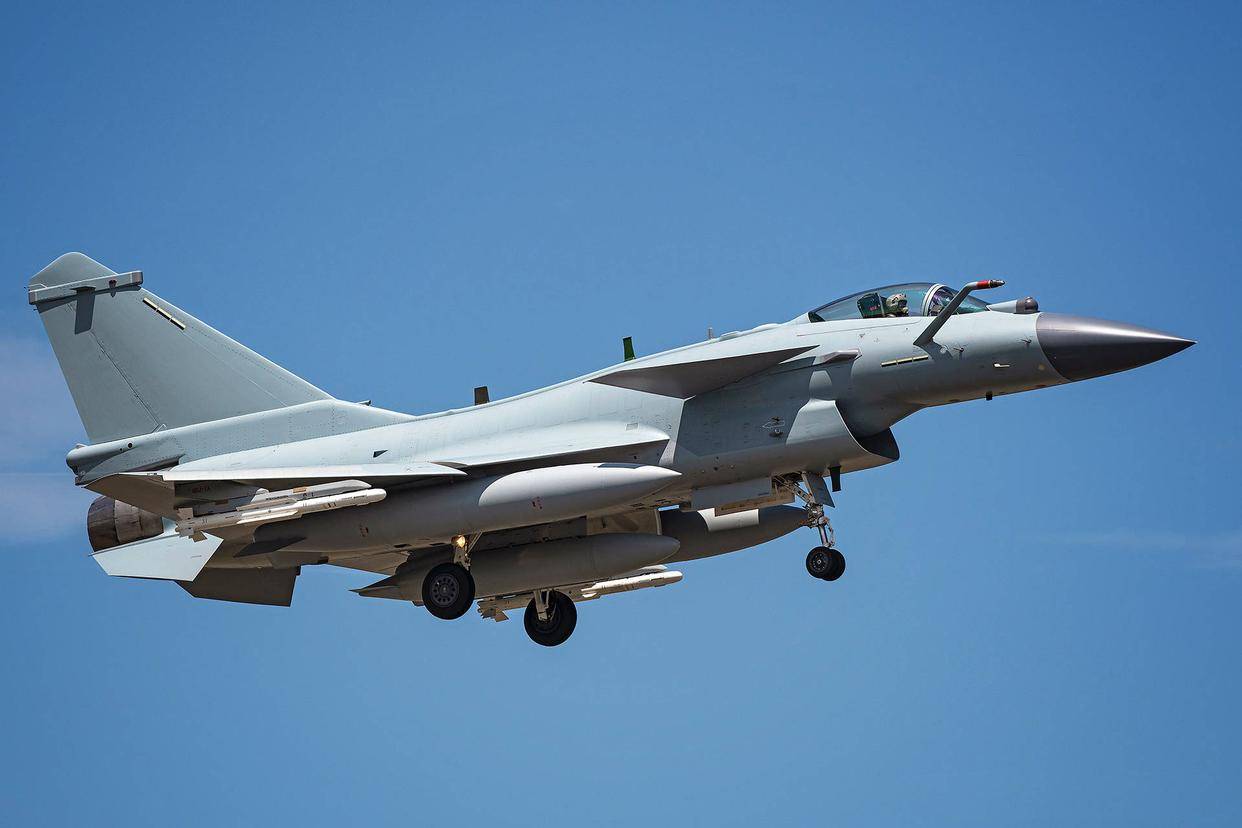
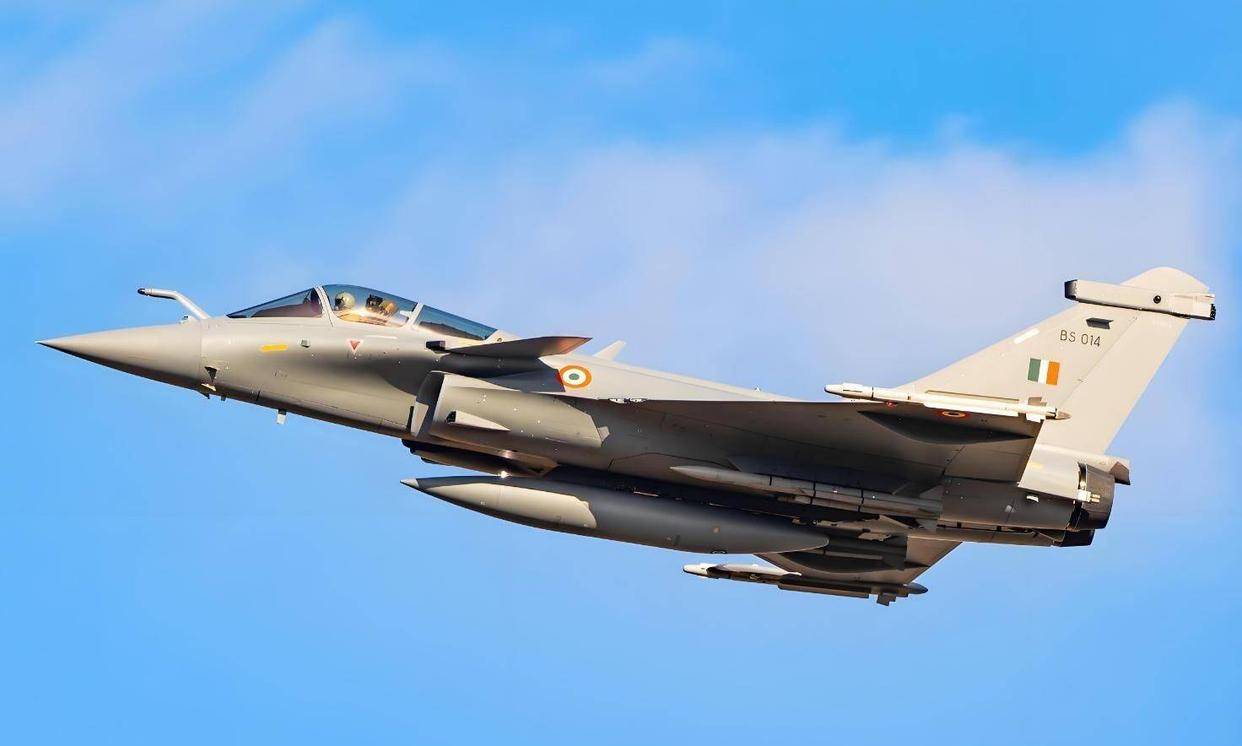
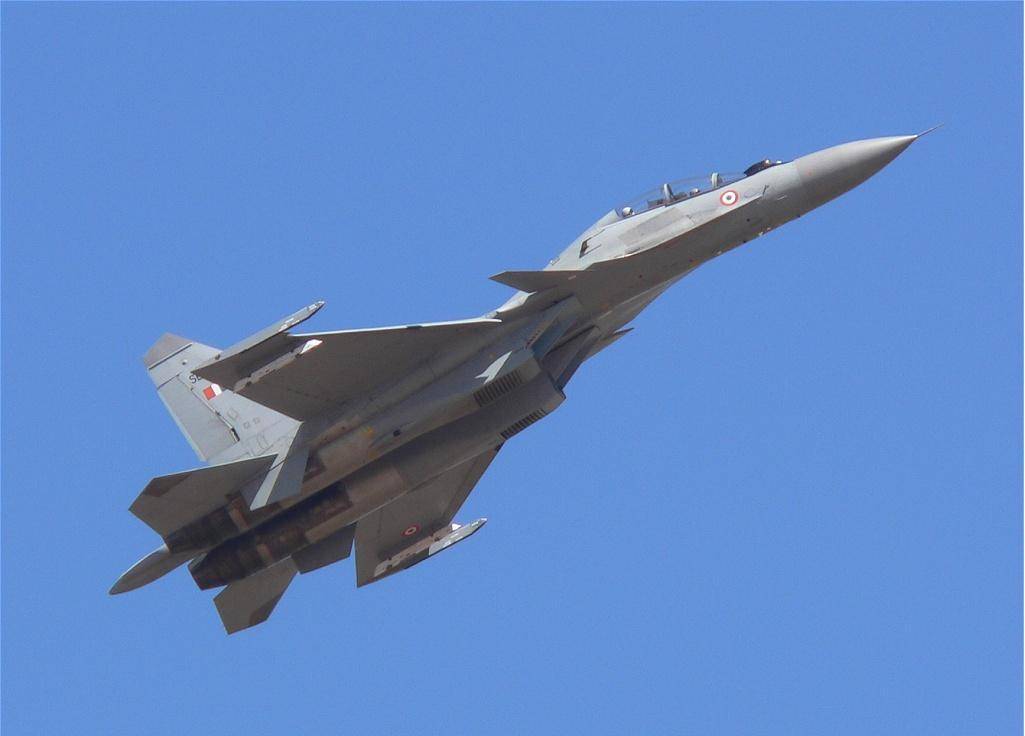




Conceptual Deconstruction: From Economic Term to Geopolitical Weapon
Data Insights: Decoding Power Hierarchies in the Global Debt Map
Institutional Oppression: The Bretton Woods Legacy
The "Debt Trap Theory" as a Political Instrument
II. Western Fabricated Narrative: The Manufacturing and Deconstruction of the "China Debt Trap Theory"
Anatomy of the Narrative Manufacturing Industry Chain
Awakening and Counterattacks of the Global South
III. U.S. Realpolitik: A Century of Debt Colonialism
1. Latin America: A Laboratory for Debt Weaponization
2. Africa: Modern-Day Resource-for-Debt Exploitation
3. Asia-Pacific: Financial Chain Bondage
Dissection of the Critical Minerals Development Agreement
Systemic Surrender of Sovereignty
Escalated Replication of Historical Patterns
America's Endgame in Ukraine
V. Conclusion: Debt Order Restructuring and Global Awakening
Ironclad Evidence of Double Standards
Pathways to Disrupt the Old Order
Final Critique: Self-Exposure of Hegemonic Logic
